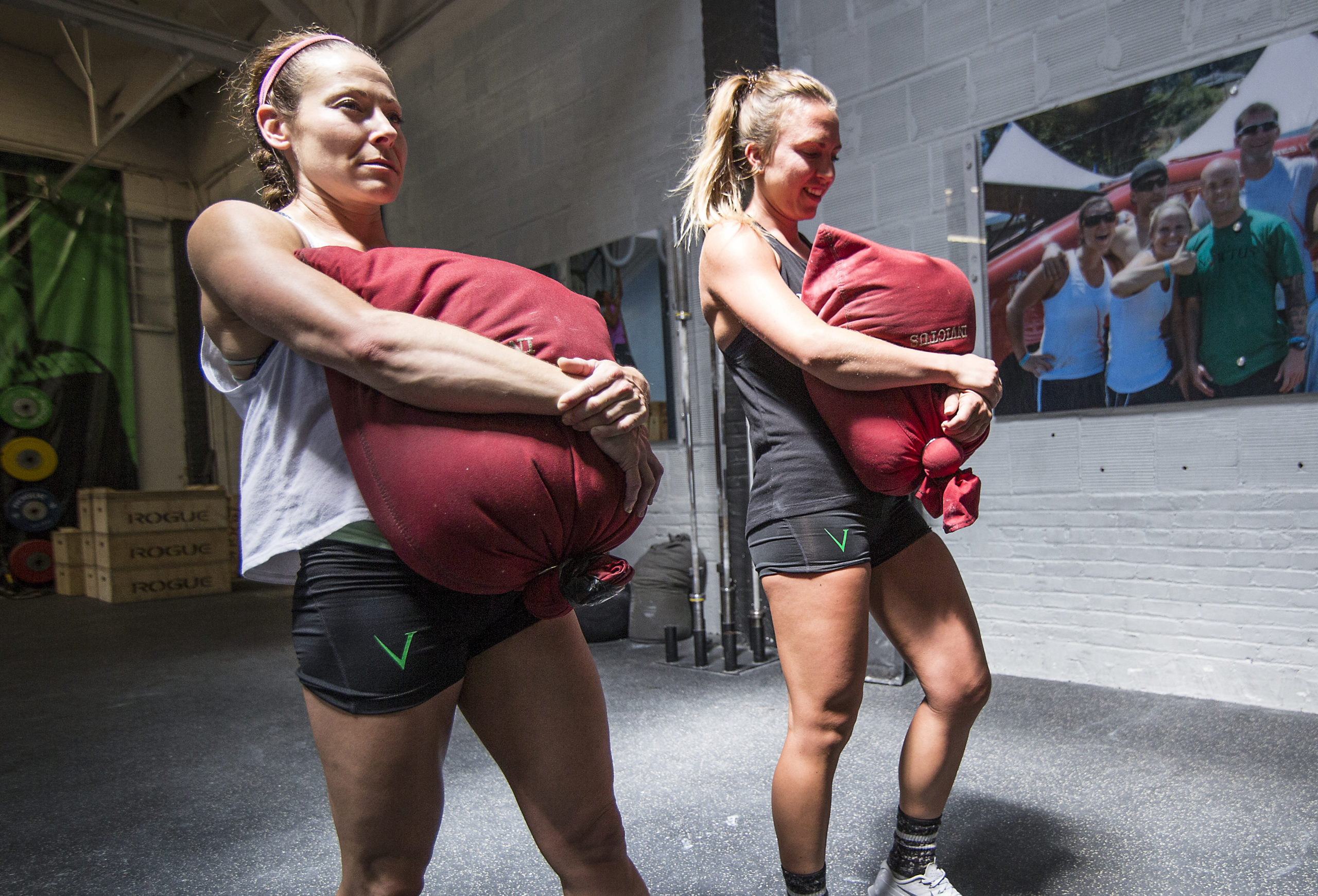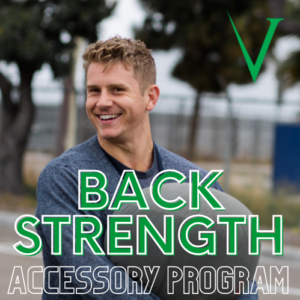
The 2 Best Exercises to Strengthen Your Back
Written by Holden Rethwill
I’ve never been great at deadlifting, I’m what you would call, quad dominant – just like almost everyone who ever played football. Being quad dominant, having tight hip flexors, and a back that is prone to spasming (due to past injuries), deadlifts have always been a struggle bus for me, ESPECIALLY in high volume and because of my weak back/posterior chain.
Weak Lumbar Spine
The lumbar spine (lower back) works isometrically to keep an athlete in a stable position during movement. If you have an extra mobile/weak lower back, meaning it goes into flexion and extension every repetition, you probably have lower back pain and need to work to stabilize the pelvis and use the glutes and hamstrings to lift and stabilize the loads instead of your spinal erectors (lumbar).
BEST BACK EXERCISES
Depending on your issue, here are a couple of my favorite back exercises to help strengthen the lumbar spine aka the lower back. The game changer for me in correcting this has been the sandbag carry and the reverse hyper. I use those – no matter what – at least 2-3 times per week (don’t be dumb about it). So that’s what I will always tell people to start with when they want to get their back stronger.
Sandbag Carries
Performing carries with “awkward objects” such as the sandbag, you will be prompted into more natural movement patterns that minimize risk of injury or even learning time. Barbells do not always mimic the most functional patterns due to the weight being on the outside of the body. In comparison, most of our day to day “lifting” has been done between our hands for our entire human existence. For that reason, using objects that will more naturally follow basic patterns of movement that will prove incredible benefits to athletes and those looking to reduce pain for a better quality of life.
With the carries, focus on staying mostly on the balls of the feet, squeezing your glutes, and pushing your obliques out. Find a breathing rhythm that works for you and carry your heaviest bag as far as possible. It helps to try to time your breathing with your steps and focus on keeping tension in the obliques and squeezing the bag with the heels of the hands. This will activate your Internal Torque (IT) chain. You know, the one you use while deadlifting. Your back will feel like it is going to blow out and that’s exactly what we want. It won’t actually blow, you’re just reprogramming your brain to work past that uncomfortable point so that your back can grow stronger!
Reverse Hypers
Reverse hyperextensions (reverse hypers) address both the hamstrings AND the lower back. But today our focus is the lower back which is the first thing to round and look like someone is a dog taking a dump when it is weak. Strengthening it will keep your posture where it is supposed to be, your chest raising at the proper angel, and the barbell moving in the proper linear pattern.
The reverse hyper can be done on a machine, bench, or even backwards on the GHD apparatus. To perform the movement (on a GHD or Reverse Hyper Machine) get onto the machine in a prone position (face down) with your torso on the pad and your legs hanging off the front. Your hips should be at the end of the pads, allowing you to move your legs freely. Hold your legs straight and squeeze your core to minimize excessive lumbar extension. Lift your legs using your hamstrings and gluteal muscles, with minimal movement of the upper torso. While you can do this movement in a strict manner, increasing the fluidity and using some momentum in the movement can increase time under tension and growth. Lower your legs (or the load) to the starting position. Reverse Hyper Movement Demo *If you do not have access to a Reverse Hyper or GHD, perform Band Pull-Throughs or Barbell Good Mornings.
Increased Strength & Function = Decreased Injuries
Lower back injuries can be common with exercises like deadlifts, cleans, snatches, squats and running which all require proper hip extension while maintaining a stable and neutral lumbar spine. Increasing strength and function of the glutes and hamstrings can help athletes develop better movement mechanics, support the lumbar while increasing muscular strength and endurance, thereby decreasing episodes of injury and pain, leading you toward a more fulfilling training session and life!

how do you think, is it okay to take CBD after training?
As far as I understand, yes. It doesn’t matter when you take it. But…I personally recommend taking it closer to bed time. I start to get a little drowsy when I use it which is perfect as I’m ending my day and preparing for a restful night’s sleep.